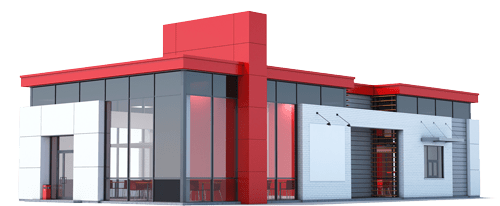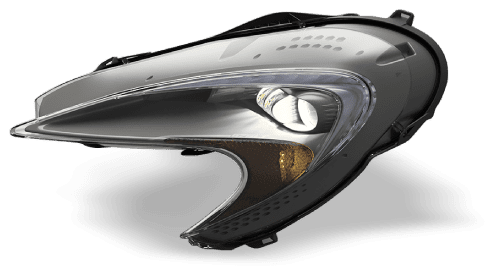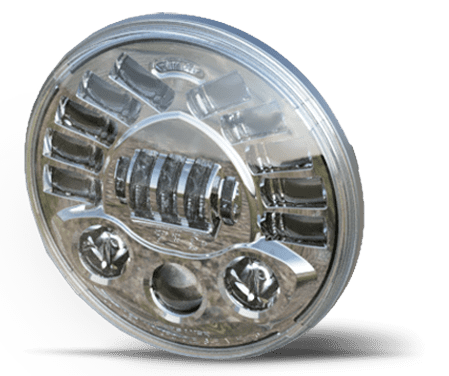
The Role of LED Lights in Enhancing Overlanding Safety
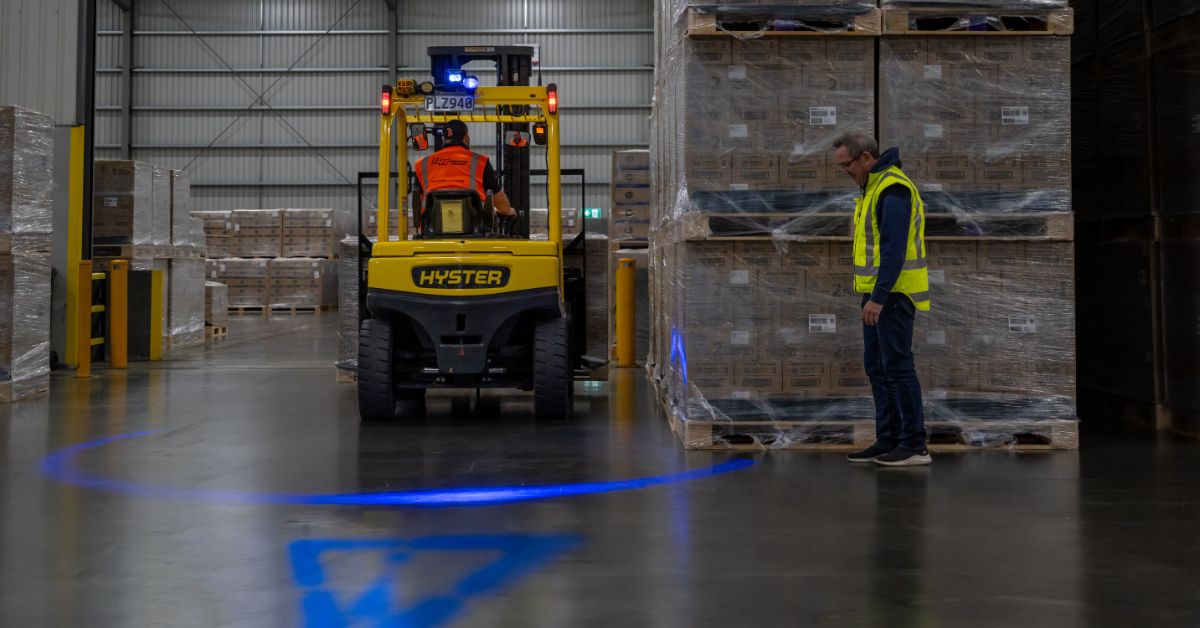
Every successful overlanding adventure hinges on one critical factor: visibility. When you’re navigating remote trails at dawn, setting up camp after sunset, or encountering unexpected weather conditions miles from civilization, your lighting system becomes your lifeline.
Knowing the role of LED lights in enhancing overlanding safety is a must for any off-road enthusiast.
Whether you’re planning your first backcountry expedition or upgrading an existing overlanding setup, use this guide to learn why you need LEDs to help you navigate the adventure ahead.
Why LED Technology Matters for Overlanding Safety
LED lights provide three fundamental advantages over traditional halogen and HID systems: superior light output, reduced power consumption, and enhanced durability. These characteristics directly impact overlanding safety in measurable ways.
LEDs can generate higher lumens per bulb while consuming far less power, which translates to longer battery life and reduced strain on your vehicle’s system.
The color temperature of LED lights also contributes to safety. Most overlanding LEDs produce light in the 5,000-6,500K range, which closely matches natural daylight. This spectrum improves color recognition and reduces eye strain during prolonged driving sessions, allowing you to identify terrain features, obstacles, and trail markers more accurately.
LED lights activate instantly without a warm-up time, providing immediate full brightness when you need it most. This characteristic proves critical during emergency situations where split-second visibility can prevent accidents or vehicle damage.
Superior Visibility Across All Conditions
LED lights excel in diverse environmental conditions commonly encountered during overlanding adventures.
Their focused beam patterns and high lumen output cut through fog, dust, and precipitation more effectively than conventional lighting systems.
Spot beam LEDs project concentrated light over long distances, illuminating trail conditions far ahead of your vehicle. This extended visibility range provides crucial reaction time when approaching obstacles, steep grades, or hazardous terrain features.
Flood beam patterns complement spot beams by illuminating peripheral areas, revealing potential hazards outside your direct path.
Combination beam LEDs integrate both spot and flood patterns in single units, offering versatile illumination for varying trail conditions. These hybrid designs prove valuable for solo overlanders who need maximum visibility without extensive lighting arrays.
The precise beam control possible with LED technology eliminates glare and light scatter that can impair vision during nighttime drives. Well-designed LED lights direct illumination exactly where needed while minimizing stray light that reflects off dust, rain, or fog back into the driver’s eyes.
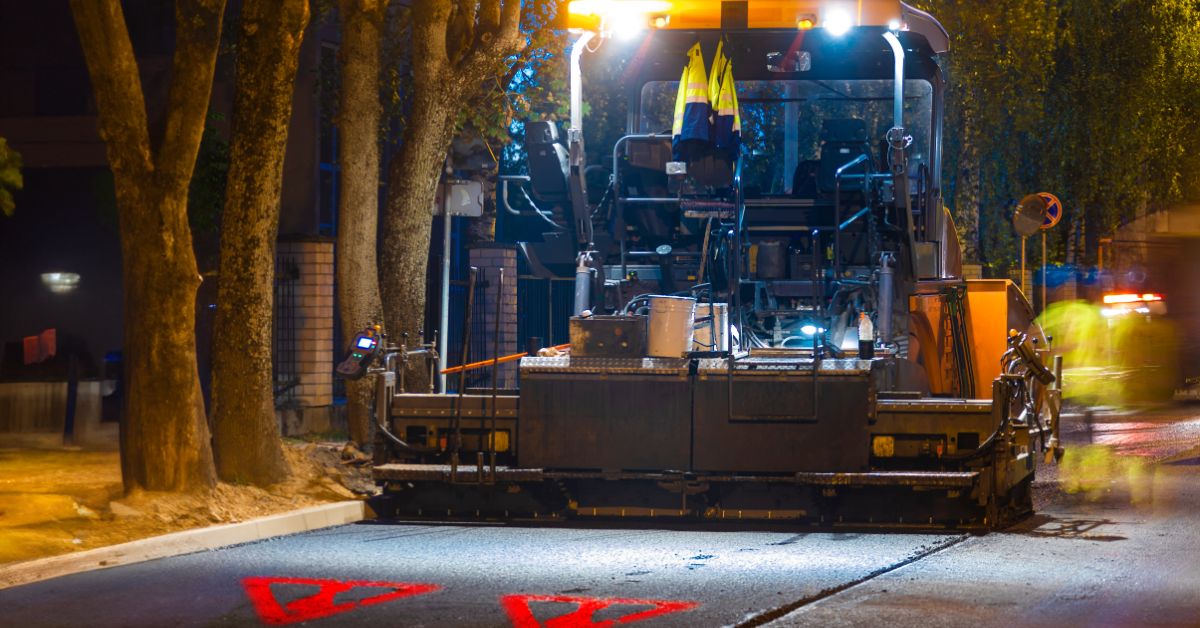
Built for Extreme Conditions and Long-Term Reliability
Another key role of LED lights in enhancing overlanding safety is to provide a light source that can withstand extreme conditions.
Overlanding subjects equipment to severe mechanical stress, temperature extremes, and environmental contamination. LED lights demonstrate superior durability compared to fragile filament-based bulbs that fail from vibration, shock, and thermal cycling.
Design Specifications to Look Out For
Quality LED assemblies feature solid-state construction with no moving parts or fragile filaments.
This design withstands constant vibration from rough terrain without degradation or sudden failure. The semiconductor junction that produces light in LEDs operates reliably across temperature ranges that cover extreme conditions encountered in desert and arctic environments.
IP67 and IP68 rated LED housings provide complete protection against dust intrusion and water immersion. These ratings ensure continued operation during stream crossings, heavy rain, and dusty conditions that would compromise lesser lighting systems.
Energy Efficiency Extends Adventure Duration
Power management becomes critical during extended overlanding trips where charging opportunities are limited. LED lights consume far less power than equivalent halogen systems, significantly reducing the load on your vehicle’s electrical system.
This efficiency advantage enables longer periods of stationary camping with lights active for security, camp setup, and maintenance tasks.
LED efficiency also supports larger lighting arrays without overwhelming your charging system, allowing comprehensive illumination coverage around your camp and vehicle.
The extended lifespan of LED lights reduces the need for replacement parts inventory during long expeditions.
While halogen bulbs may require replacement every 500-1,000 hours of operation, quality LEDs maintain performance for 50,000+ hours, effectively eliminating failure concerns during typical overlanding timeframes.
Versatile Applications for Complete Lighting Solutions
Modern overlanding demands diverse lighting solutions for different scenarios and safety requirements. LED technology enables specialized lighting configurations optimized for specific applications.
Driving Lights and Light Bars
Primary driving lights enhance forward visibility during trail driving. LED light bars mount to front bumpers or roof racks, providing wide-area illumination for technical terrain navigation.
Spot/flood combination patterns offer the versatility needed for varying trail conditions. When you park the vehicle, your light bars enable safe evening activities including cooking, maintenance, and equipment organization.
Rock Lights and Underbody Illumination
Low-mounted LED pods illuminate the immediate area around your vehicle, revealing ground conditions and obstacles during low-speed technical sections. Rock lights prove invaluable for precise tire placement on challenging terrain and safe camp setup in unfamiliar areas.
Emergency and Signal Lighting
Amber LED beacon lights and strobes provide emergency visibility during breakdowns or recovery operations. These lights alert other trail users to your presence and location, preventing secondary accidents during roadside repairs.
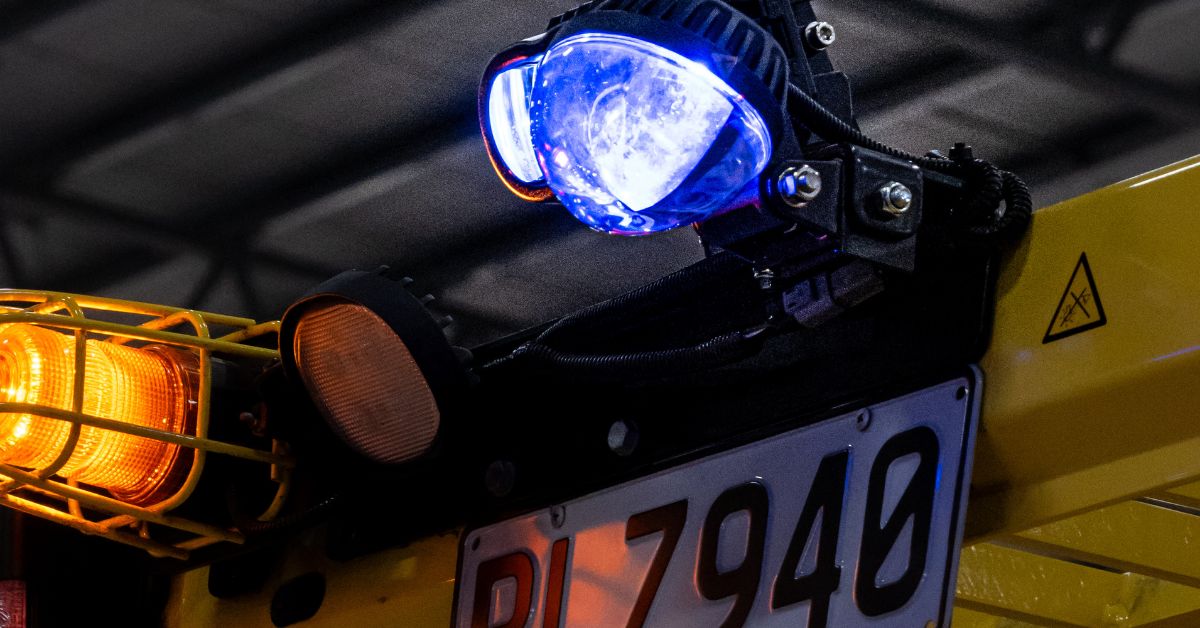
Setting Yourself Up for Success
Proper installation ensures optimal performance and prevents electrical issues that could compromise safety. LED lights require appropriate circuit protection, proper wire sizing, and secure mounting to withstand off-road conditions.
Use automotive-grade wiring rated for the environment and current requirements, with proper strain relief at connection points. Waterproof connectors prevent corrosion and ensure reliable operation in wet conditions.
Regular maintenance involves cleaning lens surfaces, checking mounting hardware, and inspecting electrical connections. Remove accumulated dirt, mud, and debris that can reduce light output and trap heat around the housing.
Verify that all connections remain tight and corrosion-free, particularly after exposure to salt water or road chemicals.
Maximizing Your Investment in LED Lighting Technology
LED lighting represents a significant upgrade in overlanding capability and safety. The combination of superior performance, energy efficiency, and long-term reliability makes LED technology essential for serious overlanding applications.
The versatility of LED technology enables customized lighting solutions that address specific overlanding requirements while maintaining energy efficiency.
You can start browsing LED lights for off-road vehicles online right now.
When selecting LED lighting systems, prioritize proven manufacturers with automotive-specific designs. Professional installation ensures optimal performance and prevents electrical issues that could compromise safety during remote adventures.
Invest in LED lighting technology that matches your overlanding ambitions.
Comprehensive lighting systems enable safer travel, extended adventure durations, and greater confidence when exploring remote destinations. The safety advantages and long-term cost benefits make LED lights an essential upgrade for any serious overlanding vehicle.
